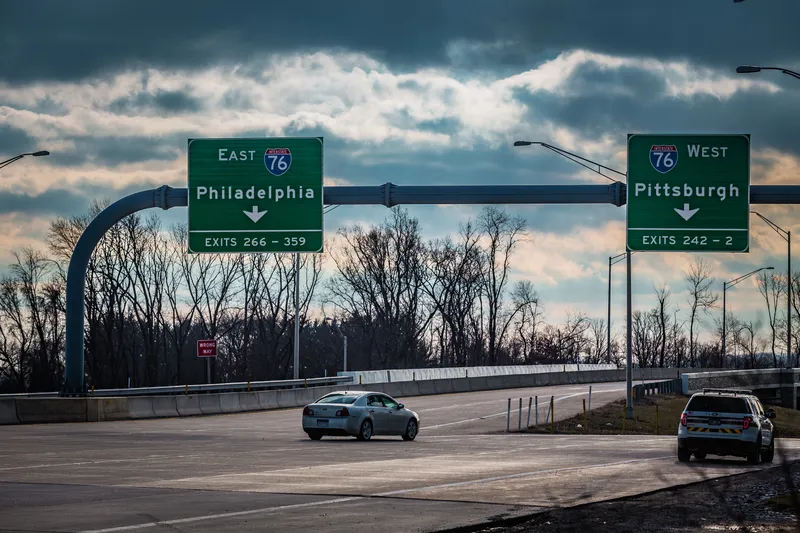
“Now you can place cameras in the most strategic location and at the most beneficial height to allow you to truly maximise the range of your CCTV equipment on roadways,” says Matt Mogle, Director of Security Market & Sales, International Business Development Manager - MG Squared.
“You are no longer limited by the height of a cherry picker. Cameras are now accessible at a moment’s notice with one crewmember and lowered on a heavy-duty stainless steel cable directly next to an MG Squared customised pole or mounted to an existing structure.”
With over 13,000 units installed worldwide MG Squared has seen its footprint increase from the United States into the international market in the last few years. It has been utilised in countries from Australia to Qatar and to a very impressive installation at the Kreekrak locks in the Netherlands which was completed by MG Squared partner, Valmont Netherlands. In the Middle East alone, MG Squared now has over 250 units in the region with more orders expected in the future.










